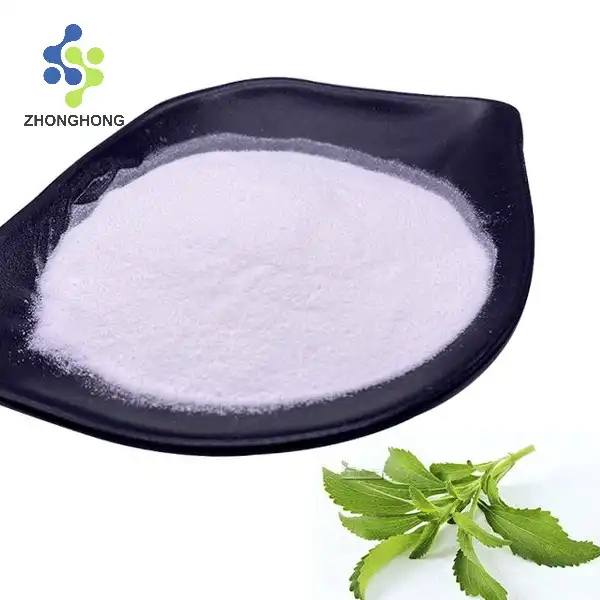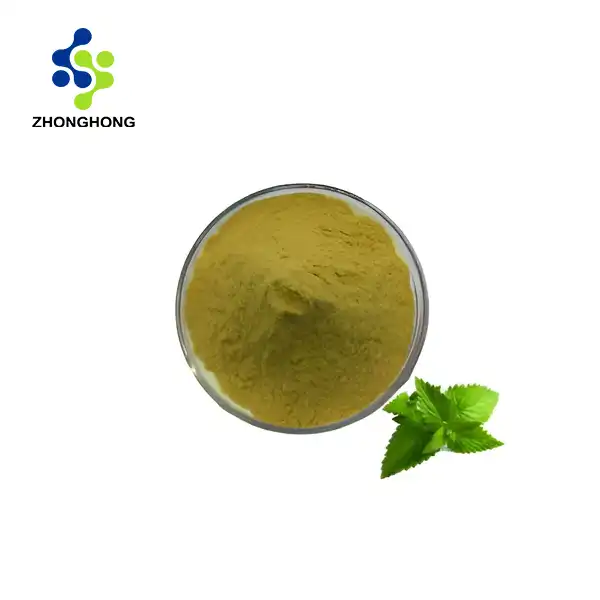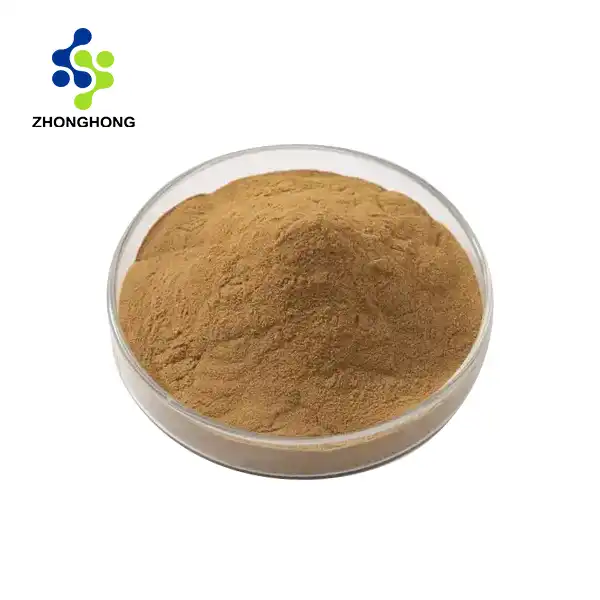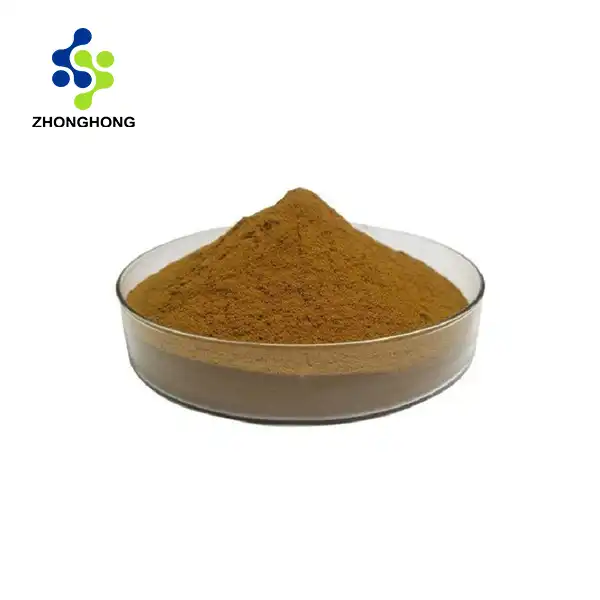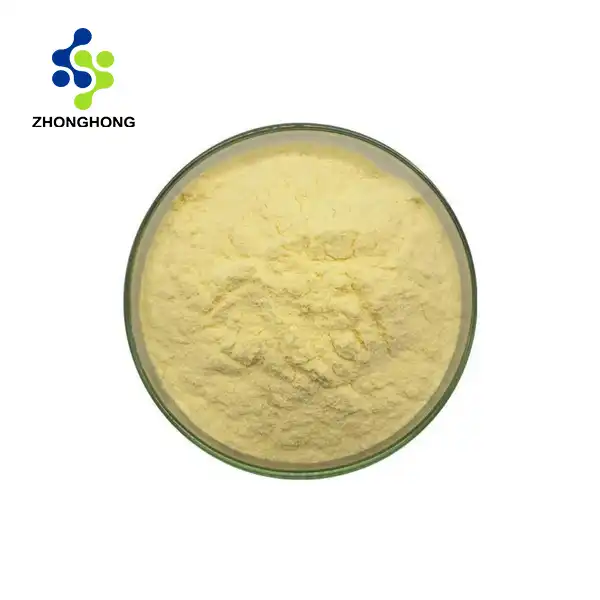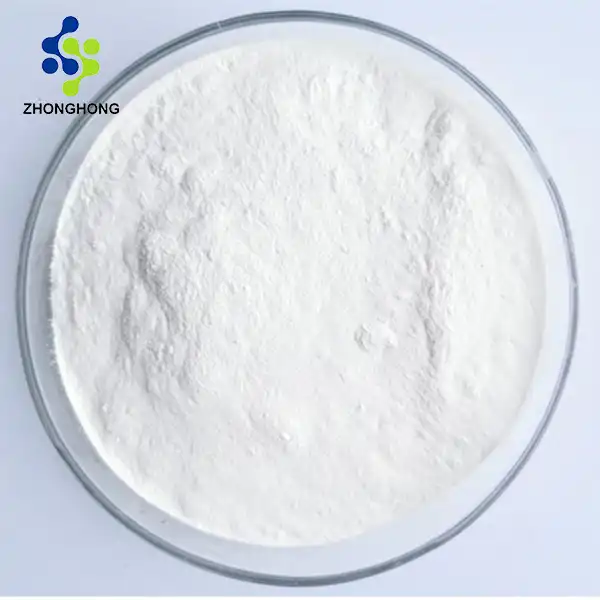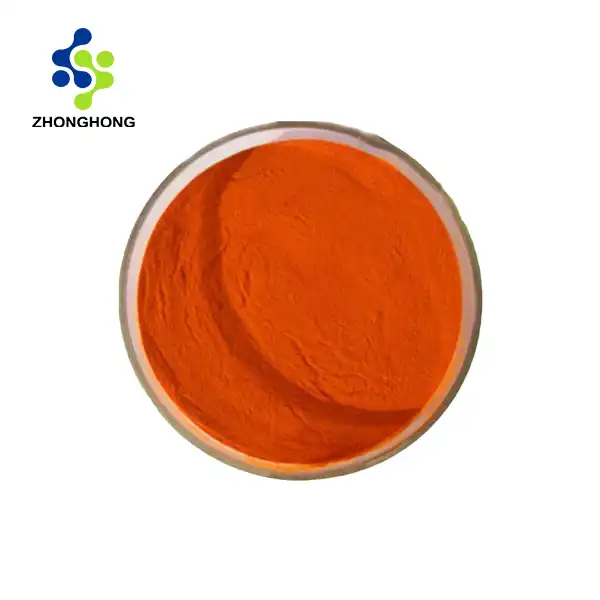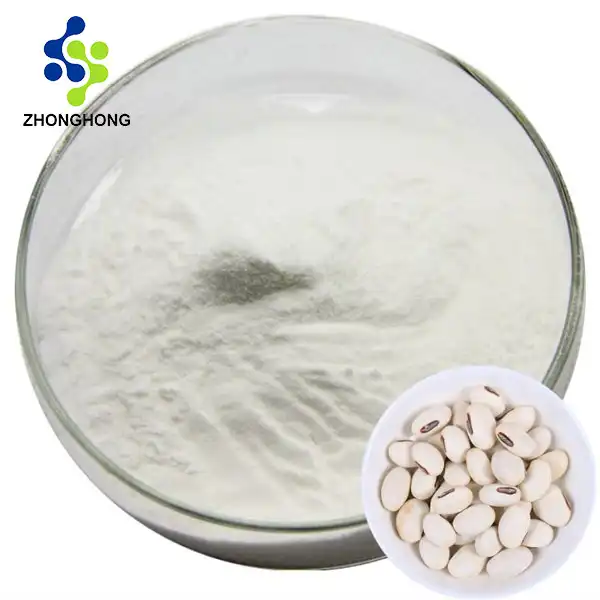Chemical Properties and Extraction of Osthol
Molecular Structure and Physical Characteristics
Osthol's molecular structure plays a crucial role in its biological activities. The compound features a coumarin skeleton with a prenyl group attached at the C-8 position and a methoxy group at C-7. This unique arrangement contributes to its lipophilic nature, allowing it to penetrate cellular membranes effectively. The compound's molecular weight is approximately 244.29 g/mol, and it exhibits limited solubility in water but is readily solubleanic solvents such as ethanol, methanol, and dimethyl sulfoxide (DMSO). in org
Extraction Techniques and Purification
The extraction of osthol from plant sources typically involves a multi-step process. Initially, the plant material is dried and ground into a fine powder to increase the surface area for extraction. Common extraction methods include maceration, Soxhlet extraction, and ultrasound-assisted extraction. These techniques often employ organic solvents like ethanol or methanol to isolate the compound from the plant matrix.Following extraction, the crude extract undergoes various purification steps to isolate pure osthol. Techniques such as column chromatography, preparative high-performance liquid chromatography (HPLC), and recrystallization are employed to achieve high purity levels. The purity of the final product is crucial for both research purposes and potential commercial applications.
Analytical Methods for Identification and Quantification
Accurate identification and quantification of osthol are essential for quality control and research purposes. Several analytical techniques are utilized for this purpose, including:
- High-Performance Liquid Chromatography (HPLC): Offers high sensitivity and selectivity for osthol quantification.
- Gas Chromatography-Mass Spectrometry (GC-MS): Provides detailed structural information and enables trace analysis.
- Nuclear Magnetic Resonance (NMR) Spectroscopy: Elucidates the compound's molecular structure and confirms its identity.
- Fourier-Transform Infrared (FTIR) Spectroscopy: Identifies functional groups and assists in structural characterization.
Biological Activities and Potential Applications of Osthol
Anti-inflammatory and Antioxidant Properties
Osthole has demonstrated significant anti-inflammatory and antioxidant activities in various studies. Its ability to modulate inflammatory pathways, such as NF-κB and MAPK signaling, contributes to its potential in managing inflammatory conditions. The compound's antioxidant properties stem from its capacity to scavenge free radicals and enhance endogenous antioxidant defense systems, potentially offering protection against oxidative stress-related disorders.
Neuroprotective Effects and Cognitive Enhancement
Research has unveiled osthol's neuroprotective potential, making it an intriguing candidate for neurodegenerative disorders. Studies have shown its ability to attenuate neuronal damage, improve cognitive function, and enhance neuroplasticity. These effects are attributed to osthol's capacity to modulate neurotransmitter systems, reduce oxidative stress in neural tissues, and promote the expression of neurotrophic factors.
Cardiovascular and Metabolic Benefits
Osthol exhibits promising effects on cardiovascular health and metabolic regulation. It has been found to possess vasorelaxant properties, potentially benefiting hypertension management. Additionally, studies have demonstrated its ability to modulate lipid metabolism, improve insulin sensitivity, and mitigate metabolic syndrome-related complications. These findings suggest potential applications in the prevention and management of cardiovascular and metabolic disorders.
Safety Profile and Regulatory Considerations
Toxicological Studies and Safety Assessment
Understanding the safety profile of osthol is crucial for its potential therapeutic applications. Toxicological studies have been conducted to evaluate its acute and chronic toxicity, genotoxicity, and potential adverse effects. While osthol has generally demonstrated a favorable safety profile in preclinical studies, comprehensive human trials are necessary to fully establish its safety for various applications.Acute toxicity studies in animal models have shown relatively low toxicity, with LD50 values varying depending on the route of administration. Chronic toxicity studies have provided insights into potential long-term effects, though more extensive research is needed to establish safe dosage ranges for different applications.
Regulatory Status and Compliance
The regulatory status of osthol varies across different regions and applications. In some countries, it may be classified as a dietary supplement ingredient, while in others, it may fall under the purview of pharmaceutical regulations. Compliance with Good Manufacturing Practices (GMP) and quality control standards is essential for companies involved in osthol production and formulation.For pharmaceutical applications, extensive clinical trials and regulatory approvals would be required before osthol-based drugs could enter the market. In the cosmetics industry, regulations regarding the use of plant-derived compounds like osthol may vary, necessitating compliance with regional cosmetic safety standards.
Considerations for Product Development and Commercialization
The development of osthol-based products requires careful consideration of several factors:
- Sourcing and Quality Control: Ensuring consistent quality and purity of osthol from natural sources or through synthetic routes.
- Formulation Challenges: Addressing the compound's lipophilicity and stability in various product formulations.
- Dosage and Delivery Systems: Optimizing dosage forms and delivery methods for different applications.
- Intellectual Property: Navigating patent landscapes and exploring opportunities for novel formulations or applications.
- Market Positioning: Identifying target markets and differentiating osthol-based products in competitive landscapes.
Conclusion
Osthole emerges as a compelling natural compound with diverse biological activities and potential applications across multiple industries. Its unique chemical properties, coupled with its pharmacological effects, position it as a promising candidate for further research and development. As scientific understanding of osthol continues to evolve, it holds the potential to contribute significantly to advancements in pharmaceuticals, nutraceuticals, and cosmetics, offering new avenues for addressing various health and wellness challenges. If you want to get more information about this product, you can contact us at liaodaohai@gmail.com.
_1728976869676.webp)
